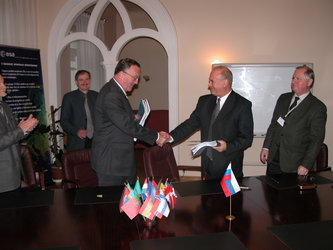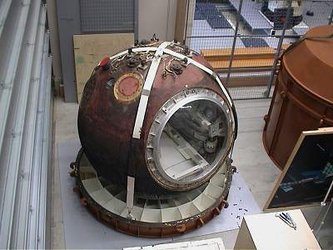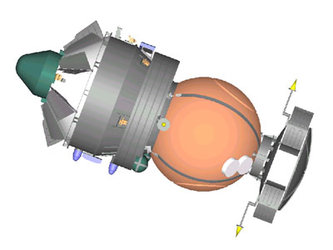Successful simulation of Foton-M2 mission
A team of thirty-six scientists, engineers and project managers have spent the last week performing a simulation of next year's Foton-M2 mission at ESA's Erasmus User Centre in Noordwijk, the Netherlands. The sixteen experiments being put through their paces over the six days of testing have so far passed with flying colours.
Foton-M2 will be ESA's eleventh mission of this kind – the first of which took place seventeen years ago. The unmanned Foton capsules are based on the Russian Vostok capsule, in which Yuri Gagarin was put into orbit in 1961.
On 31 May 2005, the Foton-M2 capsule, holding a payload of 39 experiments in physical sciences, biology, fluid physics, exobiology, material science and technology, will be launched on board a Soyuz-U rocket from Baikonur Cosmodrome, in Kazakhstan, spending 15 days in Earth orbit.
Simulation test
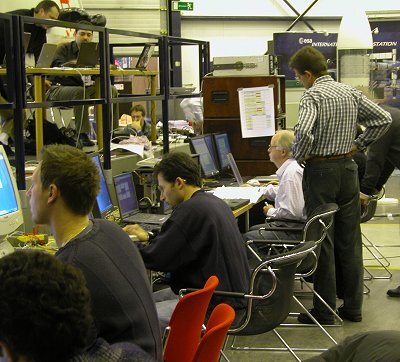
The Foton-M2 Mission Simulation Test is a vital last step in the preparation of the experiments before they are shipped to Samara, in Russia, next January. The sixteen physical sciences experiments undergoing testing at ESTEC all require some form of control or monitoring from the ground during the mission. The tests provide a last chance to check that all systems function as expected, and that planned procedures are complete.
The experiment hardware is set up on a table in the centre of the testing area, a maze of wires provide power, and link experiments to the ESA-developed Telescience Support equipment. To one side a row of computer screens form the ground segment – from here all telemetry data to control and monitor the experiments are sent, received and distributed. During the mission, an identical ground segment will be based at Esrange, in Kiruna, Sweden. All around the perimeter of the testing area, behind even more computer consoles, sit the experiment scientists and engineers.
Data
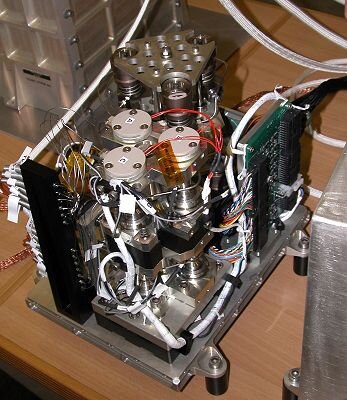
At regular intervals a beeping sound, representing a pass of the satellite overhead, creates a buzz of activity as the team focus on the incoming data displayed on the screens, checking that all are within expected limits. Experiment data are also distributed from the ground segment to various institutions around Europe, as will happen during the real mission.
ESA's Foton project manager, Antonio Verga, was pleased to be able to report that everything is going smoothly, "We had some typical start-up problems, plugs that were of the wrong type, nothing unusual. Everything was fixed in no time. Since then everything has run flawlessly."
Finishing touches
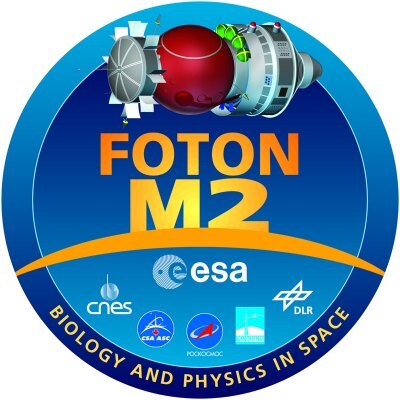
At the end of the six-day simulation in Noordwijk, a reduced selection of the mission experiment timeline will have been tested. The data that are collected are of little scientific value, although they won't all go to waste. "The main purpose of simulation testing is to fine tune the flight and the ground segments," explains Verga, "although some of the data we collect can be used for calibration and reference purposes."
Once simulation testing is completed at the weekend, some of experiments will remain in storage at ESTEC, whilst others will be returned to their respective contractors for the finishing touches, such as sealing and labelling. The experiments will be installed in the Foton-M2 capsule in February and March next year ahead of final testing and integration into the Soyuz-U launcher.



